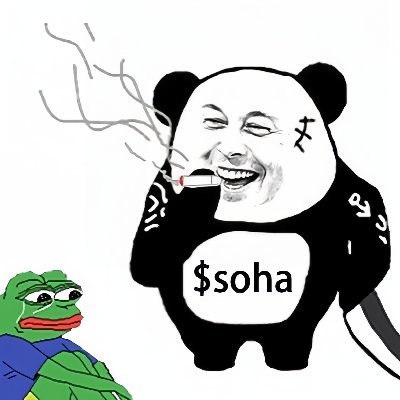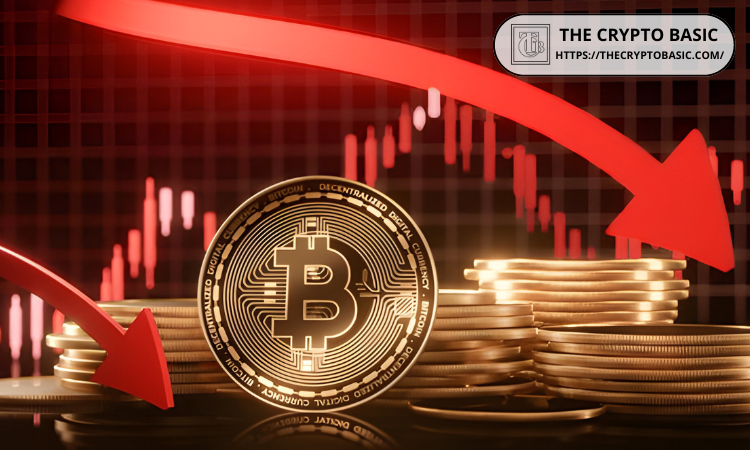Bitcoin has plunged to its lowest levels—nearly erasing all its post-election gains—as escalating trade tensions fuel global market panic. The Bitcoin price fell as low as $74,500 during early Asia hours Monday, marking a 6.5% fall in the past 24 hours and more than 5.8% over the week, CoinGecko data shows. As of now, Bitcoin has clawed back slightly to hover near $77,179, but analysts warn that deeper losses may lie ahead. The downturn follows a turbulent weekend triggered by President Donald Trump’s sweeping new tariff announcement, which will take effect on April 9. Trump declared a 10% baseline tariff on all imports, with higher rates for certain countries, including a 34% tariff on Chinese goods and a 20% tariff on products from the European Union. China retaliated with 34% tariffs on all U.S. exports, setting off the worst single-day crash in China’s stock market since 2008. “Markets are reeling as the global trade war intensifies,” crypto trading firm QCP Capital wrote in a note on Monday. “While U.S. equities were already under heavy pressure last week, BTC largely weathered the storm over the weekend. However, that resilience proved short-lived.” “But with just two days to go until the April 9 implementation of higher tariffs, the global economy teeters on the edge of a full-scale economic war,” QCP said. The fallout has been brutal across risk assets. Over $1.41 million in crypto positions were liquidated in the past 24 hours, with BTC and ETH bearing the brunt, as per Coinglass data. “At first glance, it may seem that the cryptocurrency is starting to separate from the general trend,” Tracy Jin, COO of crypto exchange MEXC, told Decrypt. “On the night of April 3–4, Bitcoin looked more stable than the S&P 500 and commodity assets and this gave reason to talk about crypto as an alternative defensive asset, especially in the context of increasing geopolitical and trade risks.” Jin cautioned against misreading Bitcoin’s early stability, noting that the crypto market had “simply outpaced the stock market,” with most selling happening “from January to March,” well before equities began to slide. The expert added how Bitcoin now appears to be acting as “a leading indicator” of macroeconomic stress. “Its price has already reflected the negative consequences of trade conflicts, particularly the U.S. tariff rhetoric towards China,” Jin said. Meanwhile, Altan Tutar, CEO and co-founder of global Global Liquidity Marketplace MoreMarkets, says Bitcoin’s identity as an asset is being reshaped in real time. “Bitcoin is at a crossroads,” he told Decrypt. “With market volatility rising and tariffs back on the table, 2025 will be a real test: Does Bitcoin behave more like a tech stock or a safe-haven asset like gold? So far, we’re seeing elements of both.” Tutar added that although the crypto operates in a digital layer, less directly exposed to tariffs, cost pressures are still mounting. “Rising hardware costs could make mining and validating more expensive,” he said. “Over time, Bitcoin may evolve into a new kind of macro asset, shaped by both financial markets and geopolitical stress.” From a technical perspective, Jin warned that BTC is at “critical levels.” “Resistance above $80,000 could be an important signal for institutional investors," she said. "A breakout of $71,000 downwards could trigger a chain of liquidations with a target in the $65,000 area." As the market waits for clarity from policymakers, Jin warned that a worsening political climate could also spill into regulation. “Increased oversight, especially in the G7 countries, and measures to combat sanctions evasion could limit institutional adoption of cryptocurrencies,” she said. Still, Jin believes Bitcoin’s resilience could be persuasive, suggesting “if BTC continues to hold amid high turbulence,” it may shift perceptions “even among more conservative financial players.” Edited by Stacy Elliott.
Bitcoin Price Breaks Below $75,000 as Global Tariff War Roils Risk Assets
The Bitcoin price broke below $75,000 during Asia trading hours as global trade tensions pummeled the crypto market.
DisclaimerAll content on this website, hyperlinks, related applications, forums, blog media accounts, and other platforms published by users are sourced from third-party platforms and platform users. BiJieWang makes no warranties of any kind regarding the website and its content. All blockchain-related data and other content on the website are for user learning and research purposes only, and do not constitute investment, legal, or any other professional advice. Any content published by BiJieWang users or other third-party platforms is the sole responsibility of the individual, and has nothing to do with BiJieWang. BiJieWang is not responsible for any losses arising from the use of information on this website. You should use the related data and content with caution and bear all risks associated with it. We strongly recommend that you independently research, review, analyze, and verify the content.
Open the app to read more news















No comments yet